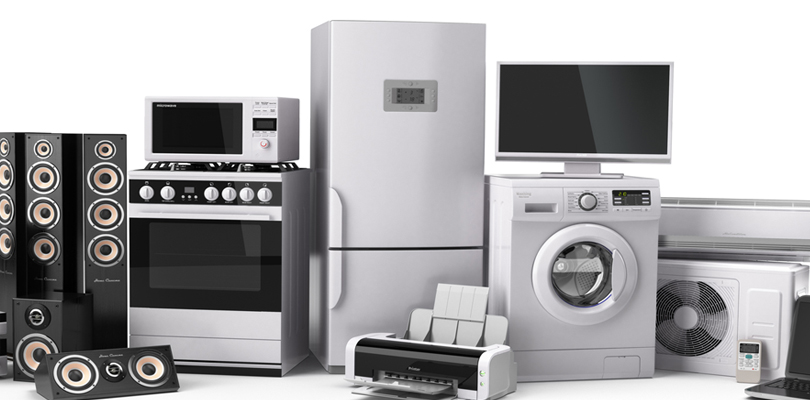In the realm of economics, the classification of goods into durable and non-durable plays a pivotal role in understanding consumption patterns and economic trends. This article aims to delve into the intricacies of these two categories, shedding light on their disparities, implications, and significance in various industries. By comprehending the disparities between durable and non-durable goods, consumers and businesses can make informed decisions, while economists can gain valuable insights into market dynamics.
- Defining Durable and Non-Durable Goods:
Durable Goods: Durable goods refer to products that have an extended lifespan, typically lasting more than three years. These goods are designed to withstand repeated use and retain their functionality over an extended period. Examples include automobiles, appliances, furniture, and electronic devices.
Non-Durable Goods: Non-durable goods, on the other hand, are consumable or perishable items with a shorter lifespan. These goods are typically consumed or used within a short period, often less than three years. Examples encompass food, beverages, clothing, personal care products, and office supplies.
- Distinctions in Durability:
Durability: The primary distinction between durable and non-durable goods lies in their durability. Durable goods are built to withstand wear and tear, ensuring a longer lifespan, while non-durable goods are designed for immediate consumption or use.
Replacement Frequency: Durable goods are generally replaced less frequently due to their extended lifespan, while non-durable goods necessitate regular replenishment due to their perishable nature or limited usage period.
- Implications for Consumers:
Cost Considerations: Durable goods often entail higher upfront costs due to their longevity, while non-durable goods are relatively cheaper but require frequent repurchases. Consumers must evaluate their long-term needs and budget constraints when deciding between the two.
Quality vs. Convenience: Durable goods are often associated with higher quality, reliability, and performance, while non-durable goods prioritize convenience and immediate satisfaction. Consumers must strike a balance between long-term value and short-term convenience based on their preferences and requirements.
- Implications for Businesses:
Production and Inventory Management: Businesses producing durable goods must focus on quality control, innovation, and after-sales services to maintain customer satisfaction and loyalty. In contrast, businesses dealing with non-durable goods must emphasize efficient production, distribution, and inventory management to meet consumer demands promptly.
Market Volatility: The demand for durable goods is generally more stable, as consumers tend to postpone purchases during economic downturns. Non-durable goods, however, are more susceptible to fluctuations in consumer spending patterns and economic conditions.
- Industry-Specific Considerations:
Automotive Industry: Automobiles exemplify durable goods, with consumers considering factors such as reliability, fuel efficiency, and resale value. In contrast, non-durable goods like fuel, lubricants, and car accessories are essential for vehicle maintenance and immediate consumption.
Technology Industry: Electronic devices, such as smartphones and laptops, fall under durable goods, with consumers valuing features, performance, and durability. Conversely, non-durable goods like software subscriptions, phone accessories, and peripherals cater to immediate needs and personal preferences.
Conclusion:
Understanding the disparities between durable and non-durable goods is crucial for consumers, businesses, and economists alike. While durable goods offer longevity and quality, non-durable goods provide convenience and immediate satisfaction. By comprehending these distinctions, individuals can make informed decisions, businesses can strategize effectively, and economists can analyze consumption patterns accurately. Embracing the nuances of durable and non-durable goods empowers stakeholders to navigate the dynamic landscape of the market successfully.


